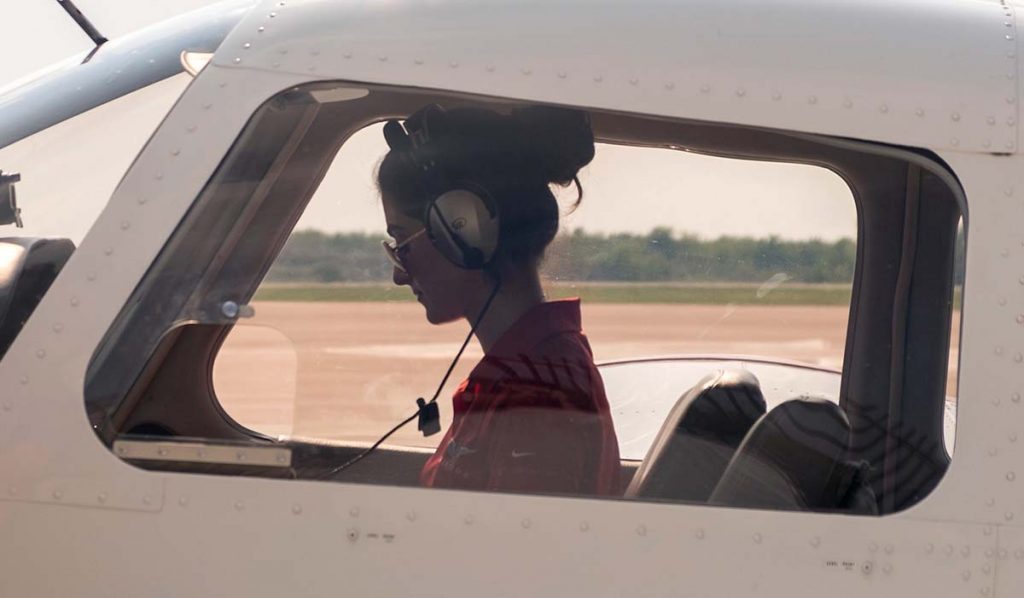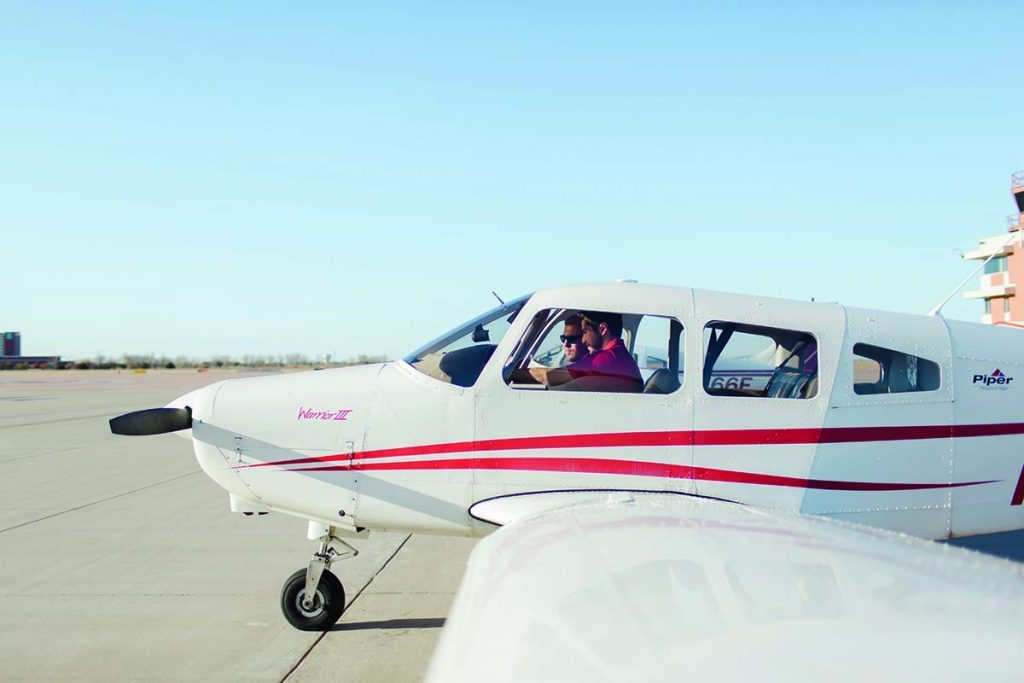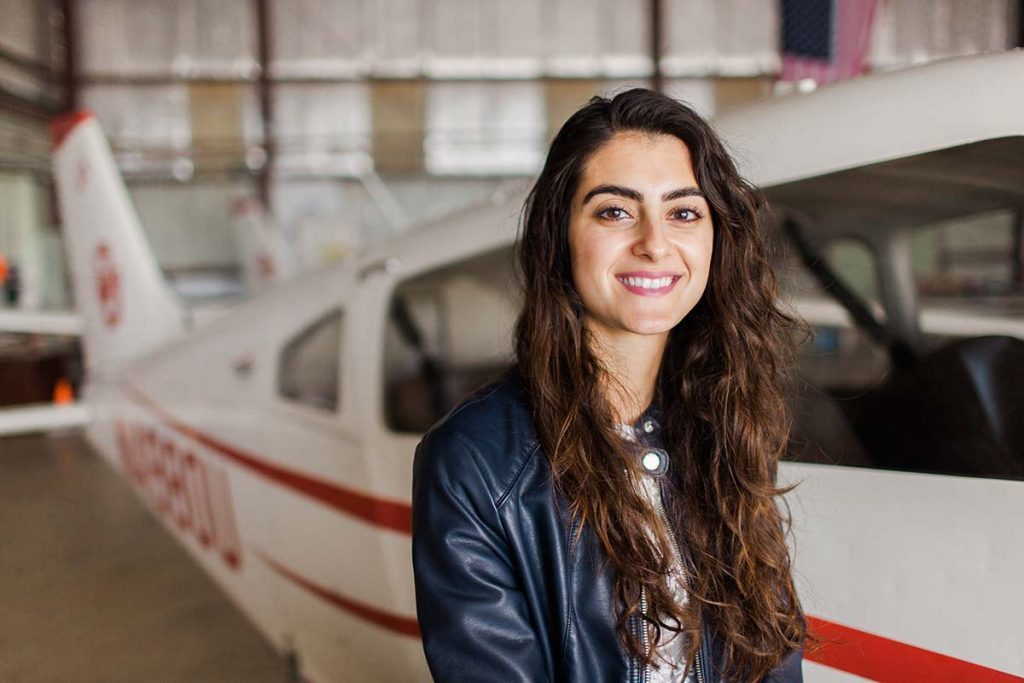Sho Kassam doesn’t have to think hard to transport himself to the moment he took his first solo flight as an aviation student. The memory exemplifies why a career in aviation is right for him.
“It’s very vivid,” Kassam says. “You remember the tail number and a lot of other little details. It’s a life-changing experience.”
As a student, Kassam wasn’t unlike many others who have made their way to Oklahoma to learn to fly.
The state’s aviation community thrives, in part, because of Spartan College of Aeronautics and Technology, which opened in Tulsa 90 years ago. Thousands seeking flight careers have studied there. The same can be said for the University of Oklahoma’s School of Aviation, in operation since 1947.
And an array of smaller schools, like Kassam’s Oklahoma Aviation in Oklahoma City, also train pilots for jobs in the cockpit and classroom.
Kassam, who immigrated to the United States from Kenya, became a flight instructor at the company in 2004 and serves as its president and owner. Students at Oklahoma Aviation can earn private pilot license certificates, commercial pilot licenses and flight instructor certificates.
“The private pilot license allows you to navigate in clouds and low visibility,” Kassam says. “The commercial certificate allows you to be compensated for flying and the certified flight instructor rating allows you to teach. There are a variety of career paths.”
Many of his students make career choices into the field. They are usually self-starters and detail-oriented.
“Somebody that is adventurous, a thrill seeker and a perfectionist,” Kassam says. “It is a very precise art.”
Training is not cheap. Costs range from $70,000 to more than $130,000. The investment could pay off. Captains at top legacy carriers can earn more than $400,000 per year. Pilots with small, regional airlines, where many beginners break into the industry, make between $20,000 and $40,000 annually on average.
“The pilot shortage is expected to last a while, possibly another 10 or 15 years,” OU aviation professor Todd Hubbard says. “There will be a day when we have enough, but we’re not there yet.”
OU’s aviation enrollment remains high.
“We typically see two kinds of students,” Hubbard says. “Those who want to fly and are dedicated to becoming a professional pilot and others who want to get into aviation management where they don’t fly.”
Hubbard pushes OU students to be well-rounded.
“We encourage them to minor in business while they’re getting all of their licenses and ratings … because it rounds out their education and it gives them a fall-back in case they can’t pass a flight physical,” Hubbard says. “There are a lot of things people can do in the field without flying airplanes.”
Hubbard and Kassam say more women are in their programs (and commercial cockpits) than in years past. However, female representation numbers about 10 percent of the total.
“We have had an influx of female pilots,” Hubbard says. “Some go into the military; others have gone into careers flying for airlines. We’ve seen a number go on to have highly successful careers.”
For all flight students, Oklahoma remains a great place to learn.
“Oklahoma is aviation friendly,” Kassam says. “It’s ingrained in our culture.”






















![37099561870_5a6b442a33_k[6]_E web copy](https://b1523572.smushcdn.com/1523572/wp-content/uploads/2019/10/37099561870_5a6b442a33_k6_E-web-copy.jpg?lossy=1&strip=0&webp=1)






